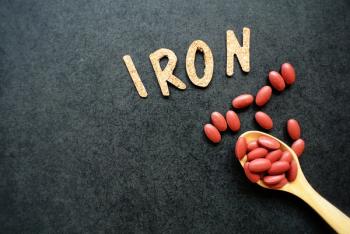
Low Apgar score is strongly associated with cerebral palsy
The prevalence of cerebral palsy (CP) in children with an Apgar score of 3 less than 5 minutes after birth is more than 130-fold higher than in children with an Apgar score of 10, according to the findings of a population-based study from Norway.
The prevalence of cerebral palsy (CP) in children with an Apgar score of 3 less than 5 minutes after birth is more than 130-fold higher than in children with an Apgar score of 10, according to the findings of a population-based study from Norway.
After a review of data from more than 540,000 children born between 1986 and 1995, researchers found that 11% of the children who had an Apgar score of less than 3 were diagnosed with CP, compared with only 0.1% of those who had an Apgar of 10 (odds ratio [OR], 53; 95% CI, 35-80 after adjustment for birth weight).
Children with a birth weight of 2,500 g or more and an Apgar score of less than 4 had an OR for CP of 125 compared with children of the same weight but an Apgar score of more than 8 (95% CI, 91-170).
Low Apgar score also was strongly associated with each of the 3 subgroups of spastic CP (ie, quadriplegia, diplegia, and hemiplegia), although the association was strongest for quadriplegia (adjusted OR, 137 for Apgar score <4 vs Apgar score >8, 95% CI, 77-244).
Lie KK, Groholt EK, Eskild A. Association of cerebral palsy with Apgar score in low and normal birthweight infants: population based cohort study. BMJ. 2010;341:c4990.
Newsletter
Get the latest clinical updates, case studies, and expert commentary in obstetric and gynecologic care. Sign up now to stay informed.









